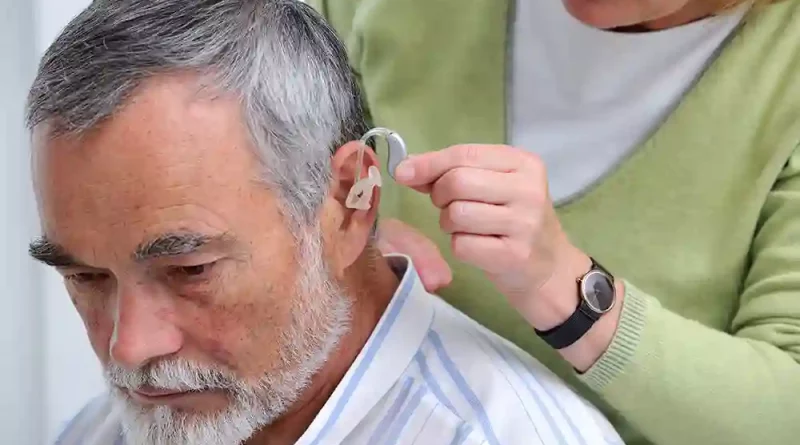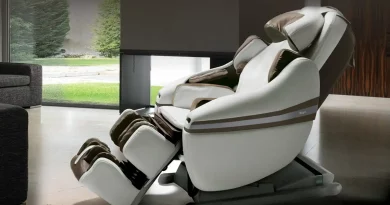Before You Purchase a Hearing Aid, Determine Your Best Style
The styles and pricing of modern hearing aids come in a wide range. We will outline all the fundamental fashions in this article so that you may choose the ideal option for you when you chat with the salesperson or customer service representative of the hearing aid manufacturer.
Hearing aids used to come in 4 essential kinds, but today we believe there are 5. There are variations in the basic styles. However, they can be categorized as follows pretty simply:-
- Hearing aids are worn behind the ear (BTE)
- Hearing Aid with Full Shell
- Hearing aid in a half shell
- Hearing Aid Canal
- Fully In the Canal
We will discuss each individually, from the most minor and least expensive to the most extensive and expensive.
Hearing aids are worn behind the ear (BTE), also known as postural
These devices were the first to be created following the early battery-operated hearing aid in Fresno, which needed a large battery and amplifier unit kept in a pocket. They are the most substantial sort of aid that is typically offered, and they do have the benefit of being appropriate for those with all degrees of hearing loss, from mild to severe.
Technological advancements have recently sought to reduce size while enhancing clarity and loudness.
BTE aids are the type of assistance offered by health authorities worldwide, most frequently for free or at a reduced cost.
Concha or full-shell hearing aids
These devices do not need straps behind the ear because they mostly fill it. As a result, they are less noticeable and interfere less with sporting activities.
Although the volume the device can produce is less than for the more significant behind-the-ear kind, this aid style is adequate for most hearing impairment types.
Although it is less bulky and more comfortable than most behind-the-ear aids, this is the most effective and affordable form of in-the-ear hearing aid.
However, as soon as the device is in the ear, it is no longer visible, and younger, more fashion-conscious consumers find them very attractive aesthetically.
Hearing aids that are half-shell or half-concha
This type uses smaller batteries as an energy source than the behind-the-ear varieties and only fills a portion of the ear. As a result, it is more cosmetically acceptable and smaller than a total concha hearing aid. Everyday use only reveals a tiny skin-colored blob in the user’s ear.
This type of hearing aid is popular because it has exceptional style, few design compromises, excellent performance, and an appealing look. However, reduced size has no drawbacks other than that those with severe hearing loss typically do not find this type suitable.
Hearing aids with canals or mini-canals
Hearing aids, referred to as “canals,” depend on the fact that they are put into the ear canal and remain there the entire time. The minor volume (output power) reduction required to achieve size reduction is an unavoidable compromise, and some functionality in more significant hearing aids may be lost. However, many people will gladly accept this compromise to guarantee that these aids are few. To the observer, only a tiny skin-colored button covering the ear canal will be seen.
Open fit devices represent the most significant advancement for hearing aid users. The first of them was the Contact Air hearing aid from Resound. A small pod, powered by a size 10 hearing battery, was placed behind the ear. A skinny tube carried the sound into the ear, which was attached to a soft dome that fit snuggly in the ear canal. These were incredibly successful and well-liked, and they brought about a revolution in hearing aid technology. Early open-fit Phonak hearing aids included the Savia Art and Audio, while the Delta was the first Oticon hearing system to do so. In addition, the Oticon Delta (since replaced by the Dual Mini) debuted RITE (receiver in the ear) technology, which eliminated the acoustic inconsistencies of thin tubing by substituting a wire that electronically sent sound to the speaker, which was located beneath the soft rubbery dome.
But why are they so unique?
An open-fitting hearing aid will always be preferred for several reasons.
- Convenience The rubber dome fits tightly in the ear canal since there is no mold to seal the ear, reducing unwanted sweat and allowing the ear to “breathe” as it would without a hearing aid. Because they are so light and comfy, I frequently hear people exclaim, “I don’t know I’m wearing them.”
- Hearing ability. The basic idea behind an open ear fitting is that it gives the wearer a boost (often in mid and high pitch sounds) to help with clarity while hearing speech while still allowing them to use the portion of hearing they still have. The closest to normal hearing we can get with hearing aids is thanks to this phenomenon.
These aid kinds are an outstanding balance between price and functionality for those who care about their appearance. They are especially well-suited for people with mild to moderate hearing loss.
Hearing aids that are entirely in the canal, or CIC
The current stage of technological advancement is almost complete. We have arrived at what we believe to be the smallest, priciest, and most advanced hearing aid design. We know that a variety of patients with mild to moderate hearing loss can benefit from the CIC aid style.
With one of them, hardly anything visible would draw attention to the fact that you are donning a hearing aid. But, of all the current model varieties, it is also, without a doubt, the most covert and popular hearing aid style.
A common belief is that hearing aids are more likely appropriate for active lives if they are smaller. Of course, you ultimately have to make your own decision, but after reading this article, we hope you will do it more swiftly and with better outcomes than you would have otherwise.
Details news here iallnews




